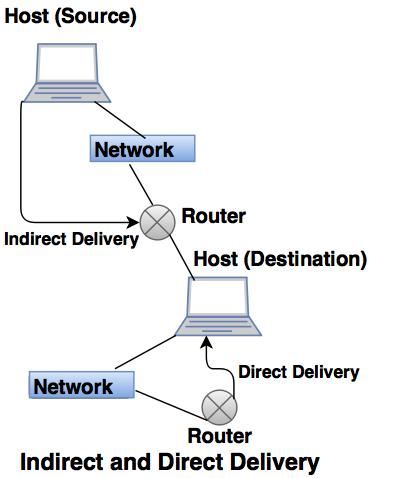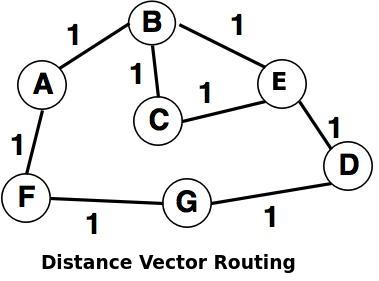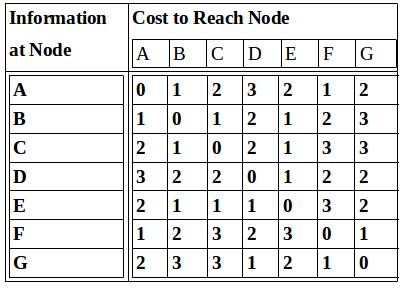
| Intra-domain Routing | Inter-domain Routing |
|---|---|
| Routing takes place within an autonomous network. | Routing takes place between the two autonomous networks. |
| This protocol ignores the internet outside the autonomous system. | This protocol assumes that internet consists of a collection of interconnected autonomous systems. |
| Protocols for Intra-domain routing are called as interior gateway protocols. | rotocol for Inter-domain routing are also called as exterior gateway protocols. |
| Examples: RIP and OSPF etc. | Example: BGP |

